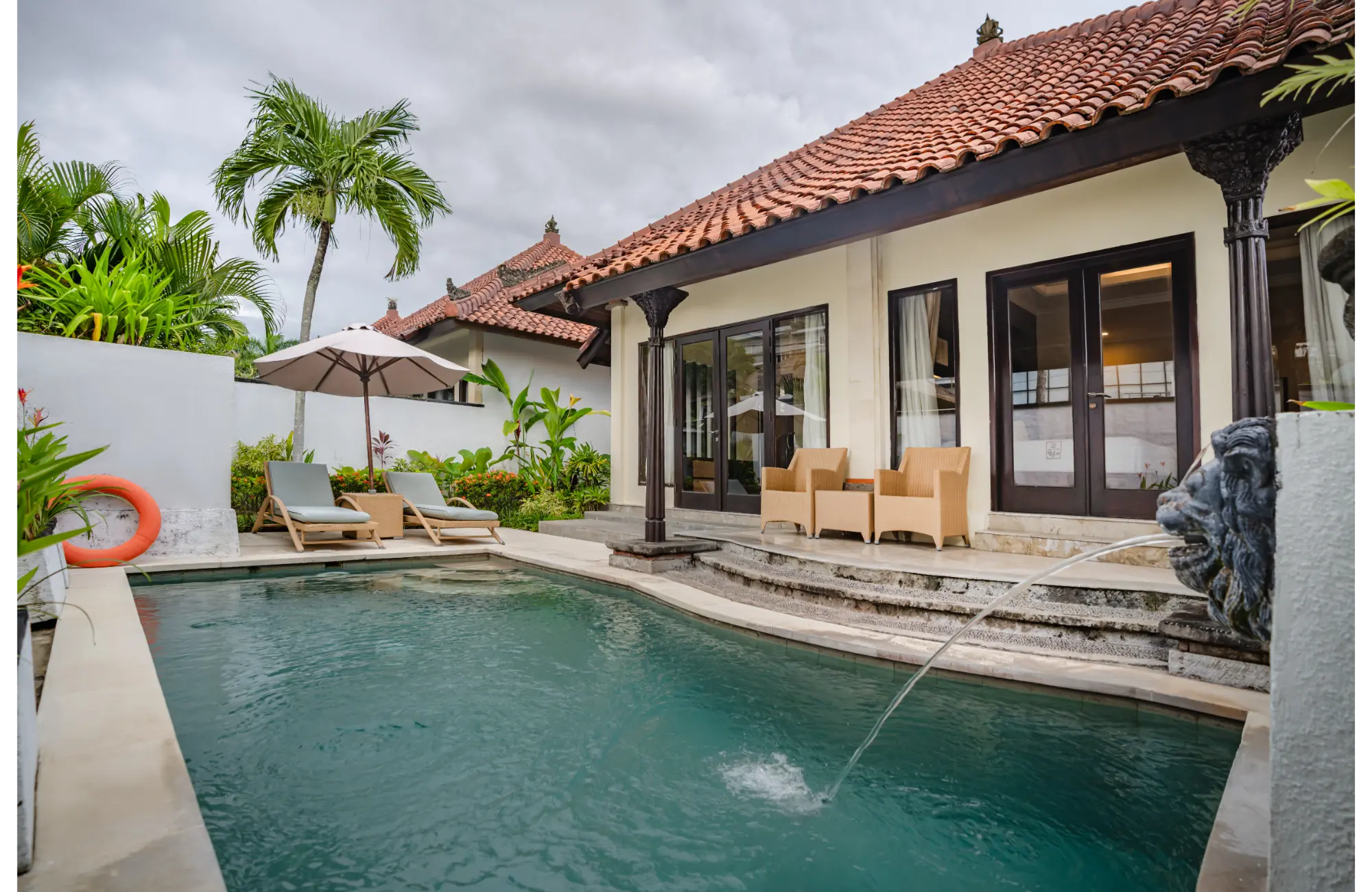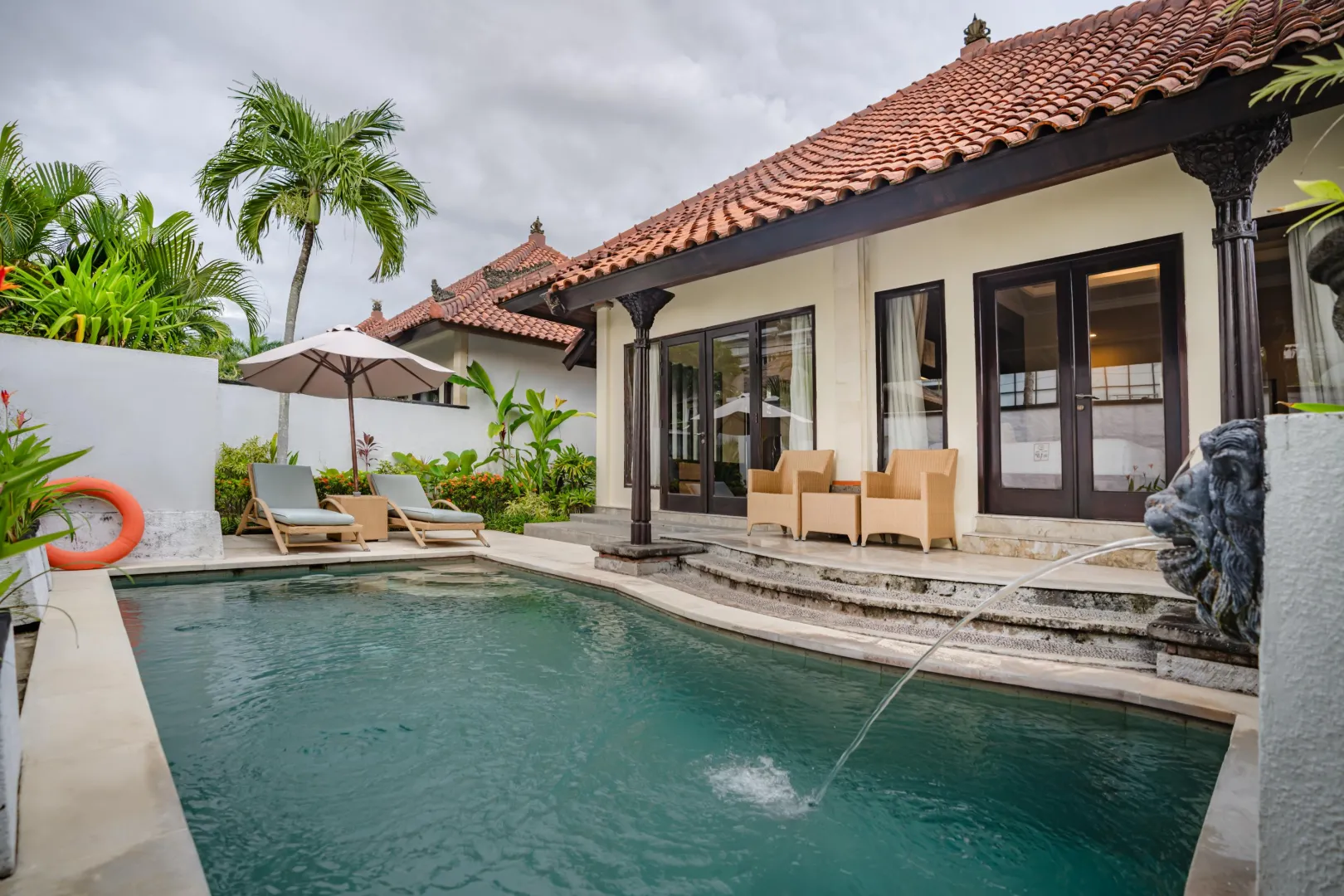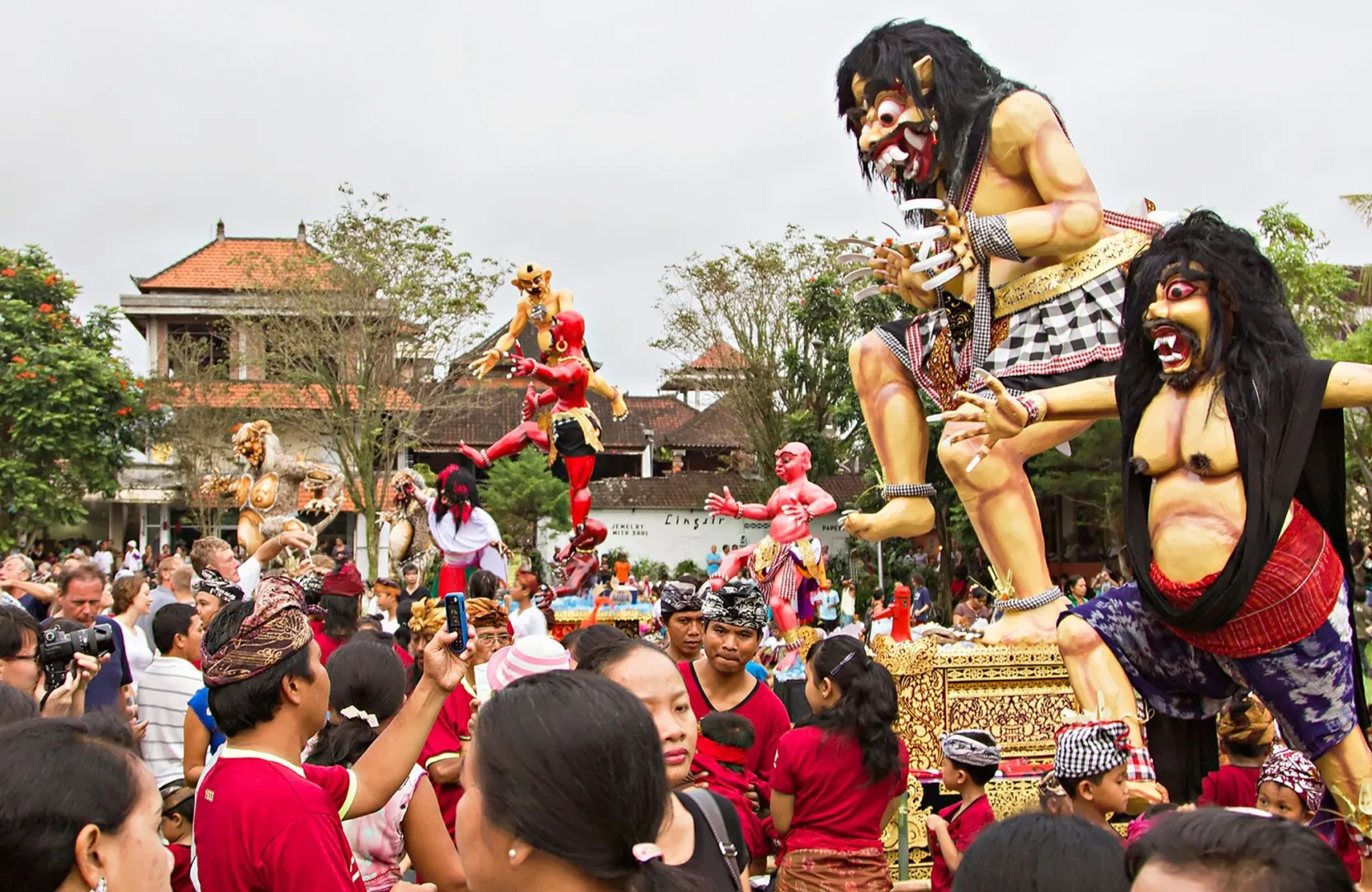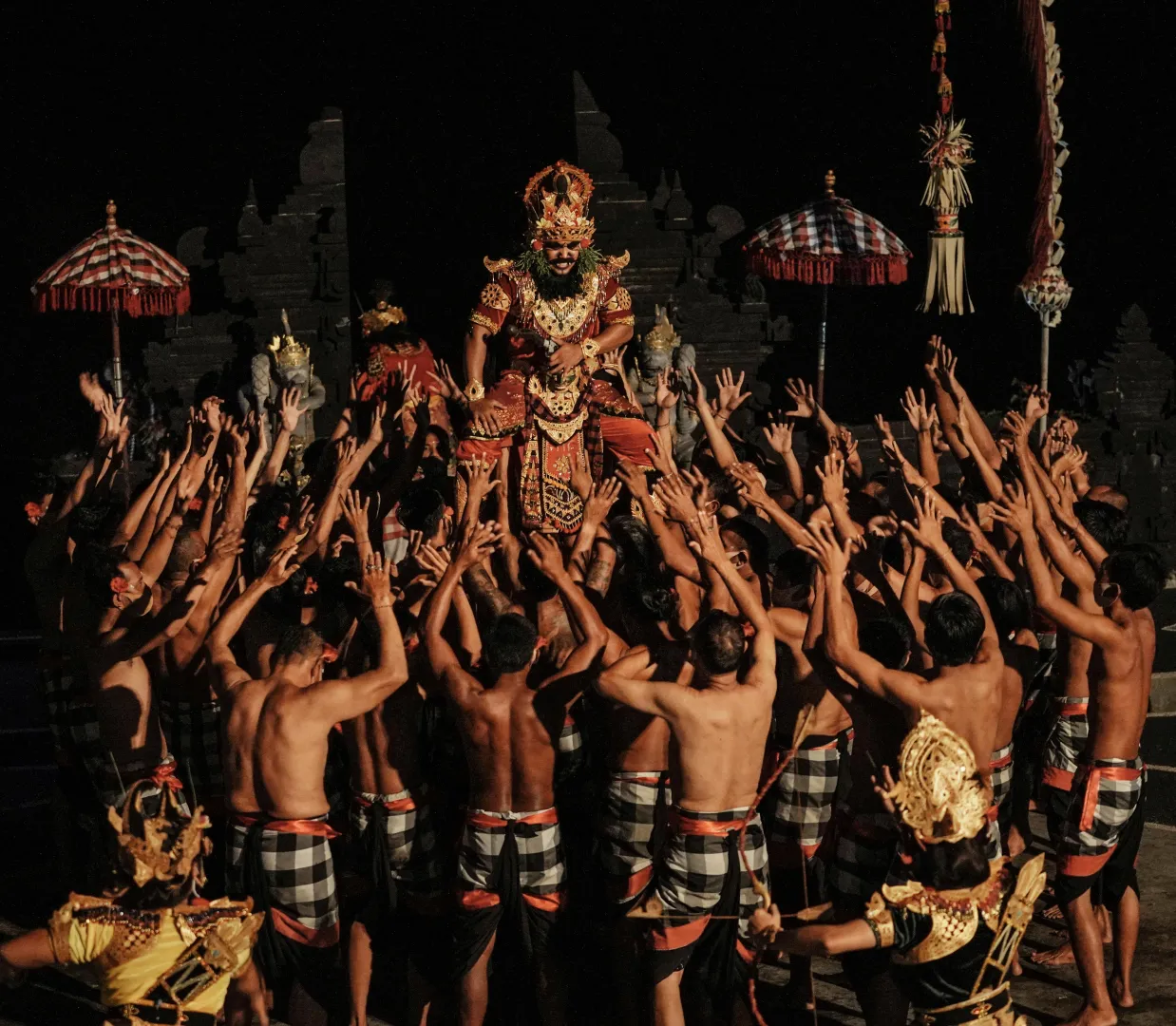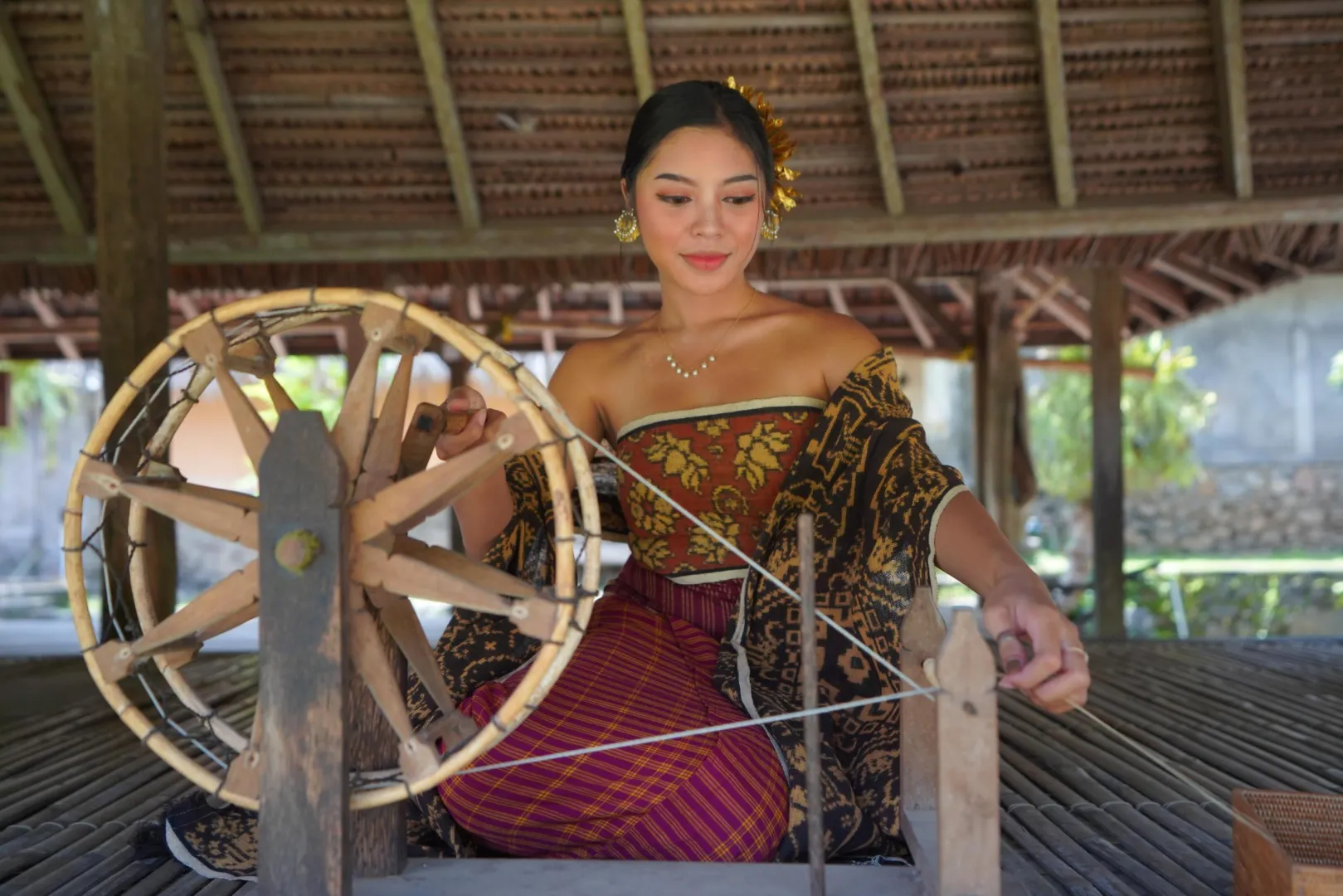

Administrator - 01 Februari 2025
The History of Pura Besakih: Sacred Heritage and Tourist Attraction of Bali
Pura Besakih, also known as the "Mother Temple" of Bali, is a sacred site that holds deep religious, cultural, and historical significance. Located on the majestic slopes of Mount Agung, the highest volcano in Bali, Pura Besakih is the island's largest and holiest temple complex. This iconic temple has been a focal point of Balinese spirituality for centuries, attracting both pilgrims and tourists alike. In this article, we’ll explore the rich history, cultural importance, and tourism appeal of Pura Besakih, while highlighting its role as both a sacred heritage and a popular tourist attraction.
A Glimpse into the History of Pura Besakih
The history of Pura Besakih is as ancient as Bali itself. It is believed that the temple complex dates back over a thousand years, with some historical records suggesting its establishment around the 8th century AD. The temple was originally built to honor the Balinese Hindu gods and goddesses, particularly the god of Mount Agung, which is regarded as the center of the universe by the Balinese people.
According to Balinese legend, Pura Besakih was established by the sage Rsi Markandeya, who was guided by divine forces to build a temple on the sacred slopes of Mount Agung. The temple was designed to honor the three main deities of the Balinese Hindu trinity: Brahma (the creator), Vishnu (the preserver), and Shiva (the destroyer). Over the centuries, Pura Besakih expanded into a vast temple complex, with numerous shrines, courtyards, and structures dedicated to various gods, ancestors, and spiritual beings.
The temple’s location on Mount Agung, an active volcano, further enhances its spiritual significance. Mount Agung is seen as a bridge between the divine and earthly realms, and the temple's proximity to this sacred mountain makes it an essential pilgrimage destination for Balinese Hindus.
Pura Besakih: A Symbol of Balinese Spirituality
Pura Besakih is not just an architectural marvel but also a reflection of the profound spiritual beliefs of the Balinese people. The temple complex is composed of 23 separate temples, each dedicated to different deities and functions. The main temple, Pura Penataran Agung, is the heart of the complex and serves as the central place of worship. It is here that major religious ceremonies and rituals are held, attracting thousands of devotees throughout the year.
The temple is designed according to the principles of Balinese Hindu cosmology, with its structures arranged to symbolize the balance between the three worlds: the underworld, the earthly realm, and the heavens. The temple's tiered shrines, known as meru, are a prominent feature of its architecture. These structures represent the sacred mountains of Bali and are often used in offerings to the gods.
Pura Besakih is also closely associated with the Balinese calendar and traditional ceremonies. Key events, such as the full moon and the Galungan festival, see thousands of Balinese people visiting the temple to perform rituals, offer prayers, and seek blessings. During these times, the temple becomes a vibrant center of religious activity, filled with the sounds of gamelan music, the scent of incense, and the sight of colorful offerings.
The Role of Pura Besakih as a Tourist Attraction
While Pura Besakih is primarily a sacred site, it has also become one of Bali's top tourist destinations. The temple's breathtaking location on the slopes of Mount Agung provides visitors with panoramic views of the surrounding landscape, including lush rice terraces, traditional villages, and the serene coastline of Bali. The combination of natural beauty, cultural heritage, and spiritual significance makes Pura Besakih a must-visit attraction for those seeking to understand Bali’s rich history and traditions.
Tourists are drawn to the temple for its unique architecture, vibrant religious ceremonies, and cultural experiences. The temple's layout, with its winding paths, statues, and intricate carvings, offers an opportunity for visitors to explore the history and artistry of Balinese temple design. Guided tours are available for those who wish to learn more about the temple’s religious significance and the history of Bali's Hindu practices.
In addition to the temple itself, Pura Besakih’s surroundings also offer numerous opportunities for exploration. The nearby Mount Agung is a popular destination for trekkers and adventurers, offering challenging hikes with breathtaking views. The area is also home to charming villages where visitors can experience authentic Balinese life, including traditional arts, crafts, and cuisine.
Preserving Pura Besakih: Balancing Tourism and Cultural Heritage
As one of Bali's most significant cultural and religious landmarks, Pura Besakih faces the challenge of preserving its sacred heritage while accommodating an increasing number of tourists. The local authorities have implemented several measures to protect the temple and its surroundings, including visitor regulations and conservation programs.
One of the key challenges is balancing the needs of pilgrims with the demands of tourism. While the temple remains a vital site of worship, it must also cater to the expectations of tourists who come to admire its beauty and learn about Balinese culture. Efforts are being made to ensure that the temple remains a sacred space for religious practices while offering educational experiences for visitors.
Local communities around Pura Besakih also play a significant role in the preservation of the temple. Many villagers are involved in temple maintenance, offering services as guides, artisans, and performers during religious ceremonies. The temple’s connection to the local community helps maintain its authenticity and spiritual integrity, ensuring that it remains a living cultural treasure for future generations.
Other Blog
SUBSCRIBE FOR EMAIL UPDATES
